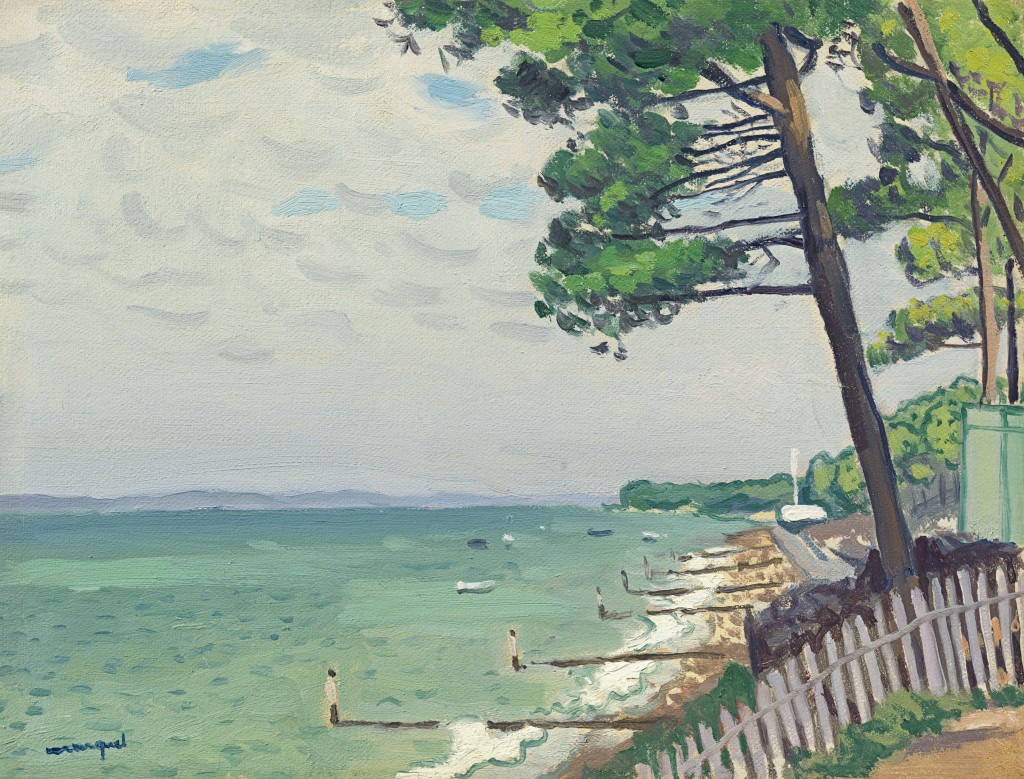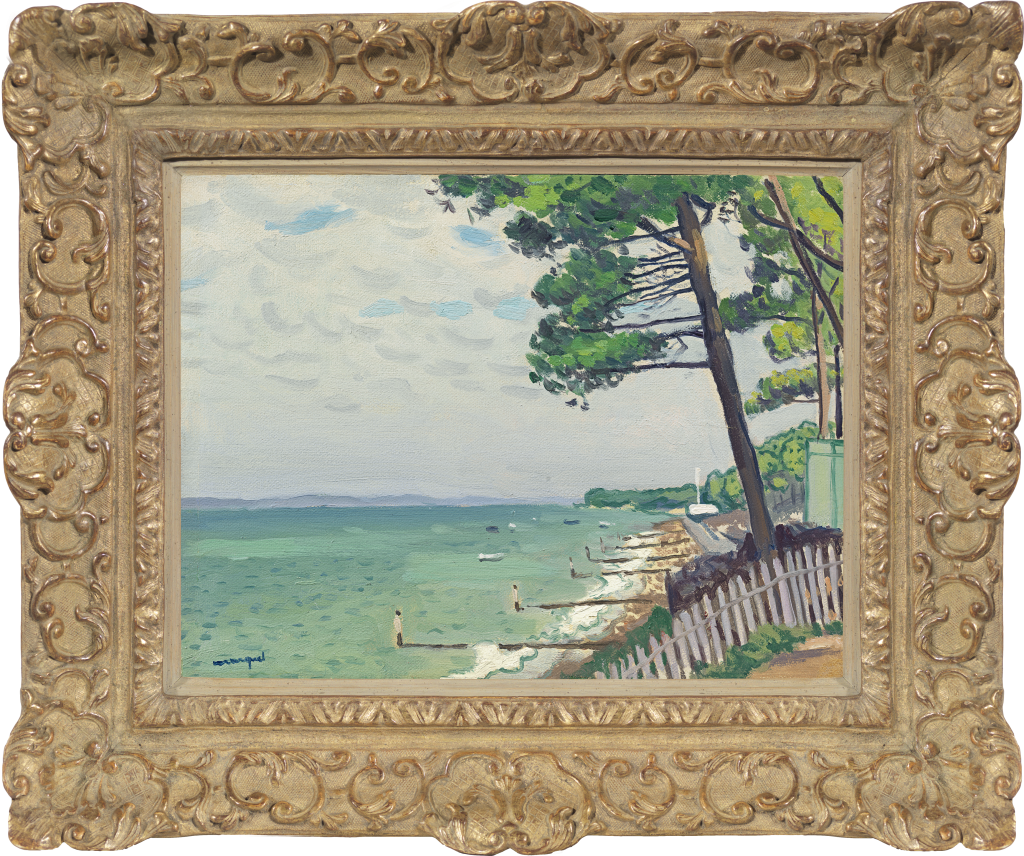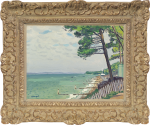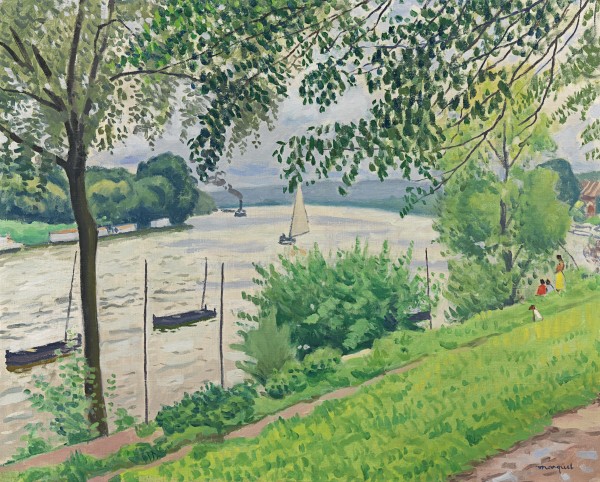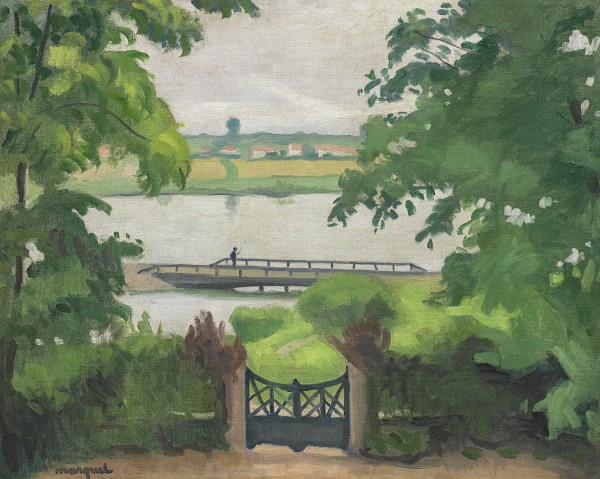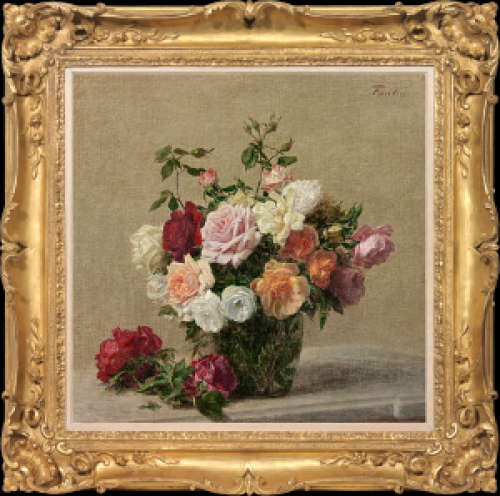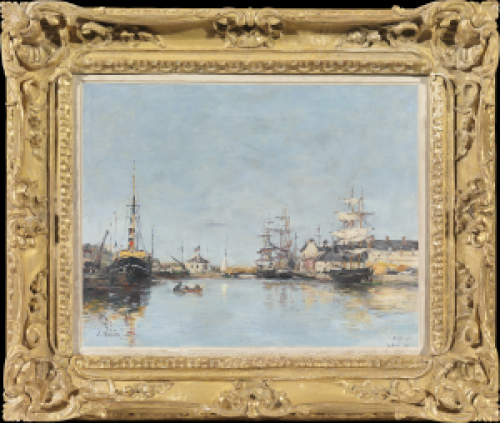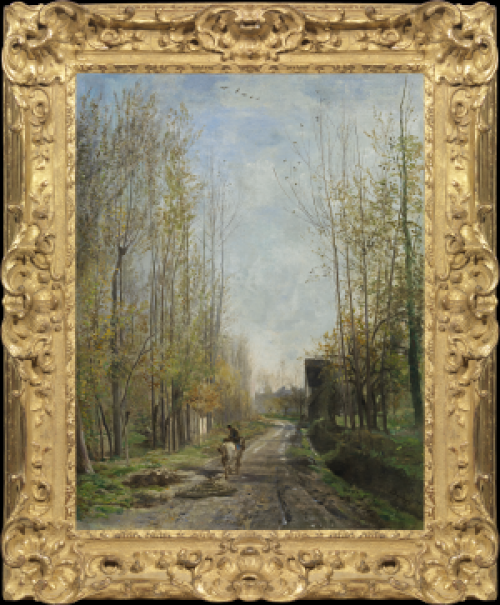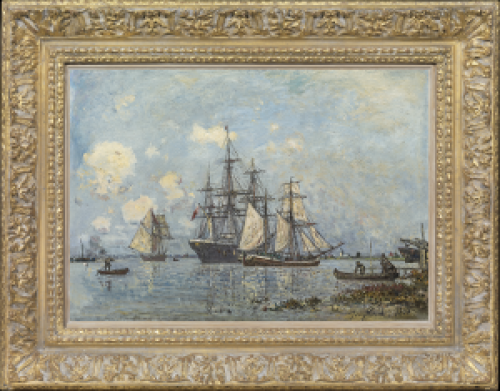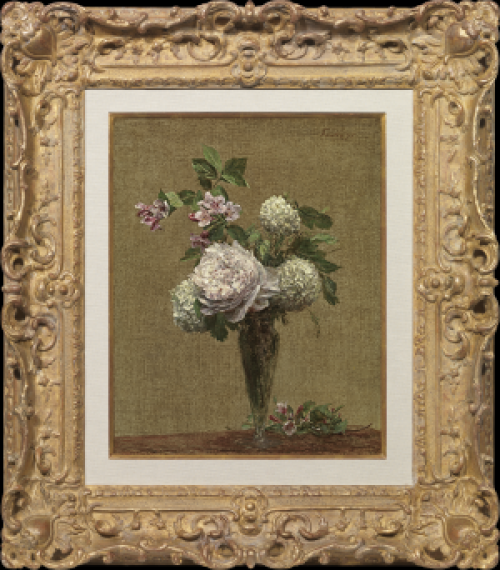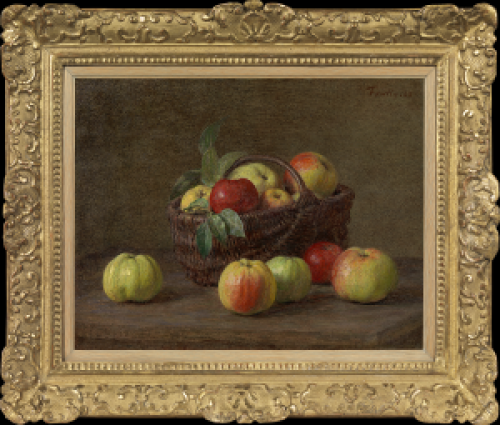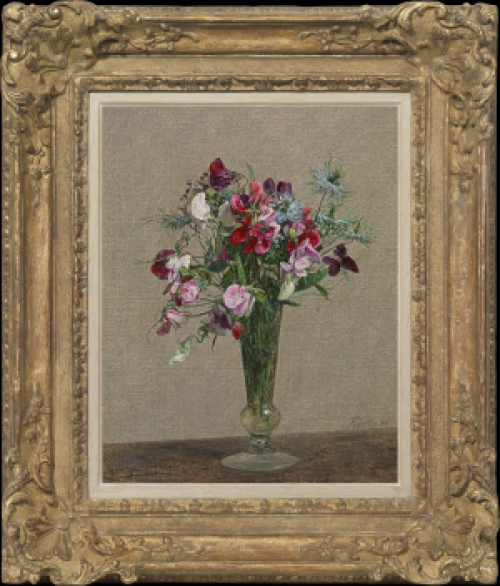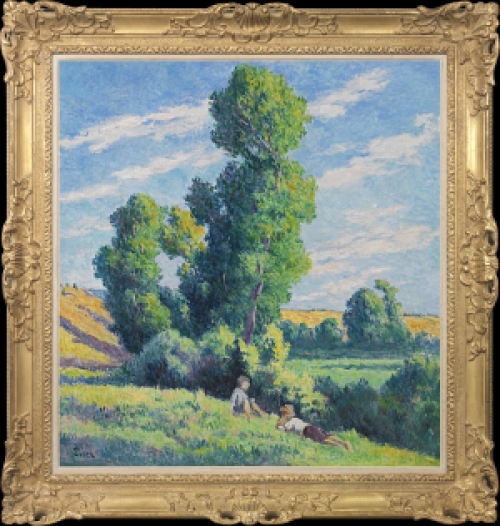ALBERT MARQUET
Bordeaux 1875 - 1947 Paris
Ref: BY 112
Pins au Pyla
Signed lower left: marquet
Oil on canvas laid down on board: 9 ½ x 12 ½ in / 24.1 x 31.8 cm
Frame size: 15 x 18 in / 38.1 x 45.7 cm
In a Louis XIV style carved and gilded frame
Painted in 1935
Provenance:
The artist;
from whom acquired on 8th June 1937 by Gösta Olson, Svensk-Franska Konstgalleriet, Stockholm (as Pins au Pyla)
Herman Lindquist, Gothenburg
Crane Kalman Gallery, London;
from whom acquired on 30th July 1958 by the Hon. Mrs Hazelrigg, London (as Le bassin d’Arcachon)
Christie’s London, 29th November 1995, lot 197, illus. in colour (as Le pin, le Pyla (Arcachon))
Etude Tajan, Hôtel Georges V, Paris, 10th June 1996, lot 40, illus. in colour (as Le bassin d’Arcachon, wrongly dated 1924-25);
where acquired by Mr and Mrs Vernes;
by descent in a private collection, France
Exhibited:
London, Crane Kalman Gallery, A Selection of Paintings by Albert Marquet and Jean Puy, June-July 1958, pp.11-12, no.14, illus. (as Le bassin d’Arcachon)
Literature:
Natalie Leniachina, ‘Albert Marquet’, Art, Leningrad 1975, no.573, p.211 (as Le bassin d’Arcachon)
To be included in the forthcoming Digital Catalogue Raisonné of the work of Albert Marquet currently being prepared by the Wildenstein Plattner Institute, Inc., ref. 19.10.15/20626
Albert Marquet lived on the banks of the Seine most of his life and became celebrated for his sensitive observation of Paris and its river. Fascinated by water, ports and coastline, he was also an inveterate traveller, visiting England, the USSR and North Africa, among other places, as well as exploring his native France.
As a young man in the studio of Gustave Moreau, Marquet forged friendships with Camoin, Rouault, Manguin and Matisse. They burst upon the Salon d’Automne in 1905 with vibrant colours and bold brushwork, leading a critic to dub them ‘Fauves’ (Wild Beasts). Marquet was closely associated with this group in the early years of the twentieth century.
By the time that this painting was made, in 1935, Marquet had forged a highly individual manner influenced by aspects of Impressionism, the work of Cézanne and the graceful economy of Japanese landscape painting. Like most successful French artists, his career depended upon a base in the capital: he had a studio on the banks of the Seine. As with most French people, however, Marquet had a ‘native place’ of family memories. Boudin, for example, was professionally obliged to live in Paris part of the year, but his heart – and his art – lay with the Normandy coast.
Marquet was born in Bordeaux. This view of the Pins au Pyla is particularly evocative as it depicts the coastline of the Baie d’Arcachon, 55km south-west of that city. Marquet employs the sparest of elements: pines silhouetted against the sky, a white picket fence, balanced by the horizontals of the break-waters and the radiant bay. Marquet is particularly subtle in the use of greens and blue-greens which tonally unify this work. His exquisite and highly individual colour sense is one of the hallmarks of his painting. Another is the way in which he implies human presence, while never crowding his canvases with figures. This is a landscape tamed by man – the break-waters which hold the sand in place and the promenade testify to human intervention – but the overall impression is a celebration of the purity and light of nature.
The golden sand of the Dune du Pyla, 3km long and fringed by pine forest, forms Europe’s largest dune, sheltered by a long spit of land on the other side of the bay. Arcachon, just north of the dune, was a small fishing village until the railway arrived in 1857. It then became a fashionable resort for the haut bourgeoisie of Bordeaux, honoured in 1865 by a visit from the famous novelist Alexandre Dumas père (1802-1870).
ALBERT MARQUET
Bordeaux 1875 - 1947 Paris
Albert Marquet was born in Bordeaux in 1875, the son of a railway employee. He went to Paris to study at the Ecole des Arts Décoratifs at the age of fifteen. Six years later he joined the studio of Gustave Moreau, where he met and forged lasting friendships with Camoin, Rouault, Manguin and Matisse. During this period Marquet began to use the vibrant colours and bold brushwork that is characteristic of the Fauves with whom he was closely associated. He exhibited at Berthe Weill and the Galerie Druet, Paris from 1902 and from 1903 at the Salon d’Automne.
After 1907 Marquet’s interest in Japonisme resulted in more sober works. He travelled extensively, frequently leaving his apartment on the banks of the Seine to visit England, Germany, Italy, the USSR, Scandinavia and North Africa, where he spent the years of the Second World War. He met his wife Marcelle Martinet, whom he married in 1923, on his first stay in Algiers in 1920.
The most profound influence on his work is that of the Impressionists, most notably Paul Cézanne. Like the Impressionists his favourite subjects were port scenes, beaches, quaysides, river views and coastal villages; he was particularly fascinated by the effect of light on water.
André Rouveyre, a fellow student in Gustave Moreau’s atelier, wrote: ‘Marquet reigns over the kingdom of light. The light that shines on the things of this world, of course, but also that which belongs to his pictures alone: a strangely regal quality that comes from his sensitivity and wisdom. Skies, hills, houses, streets all bathe in his subtle but intense lights’.
The work of Albert Marquet is represented in the Musée d’Orsay, Paris; the Centre Pompidou, Paris; the Musée des Beaux-Arts, La Rochelle; the Musée de Grenoble; the Hermitage, St Petersburg; Tate, London; the Metropolitan Museum of Art, New York; the Art Institute of Chicago and the National Gallery of Art, Washington DC.


